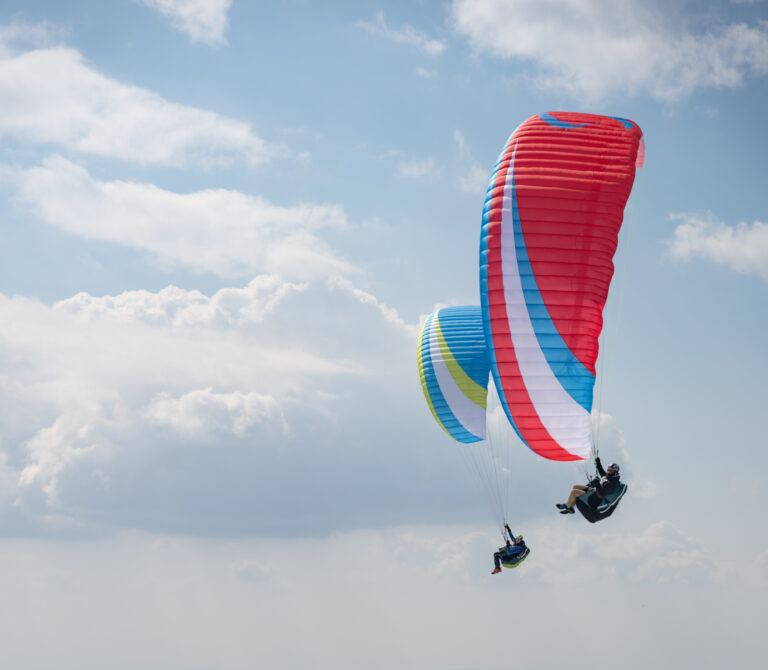
B or B+: how to find your way around?
On the paraglider market, there are more and more gliders and different types of approval: A, A+, B or even B+, also known as B sport... But what does this really mean?
EN certification
As you know, the EN (European Norms) certification system for gliders divides our paragliders into 5 categories:
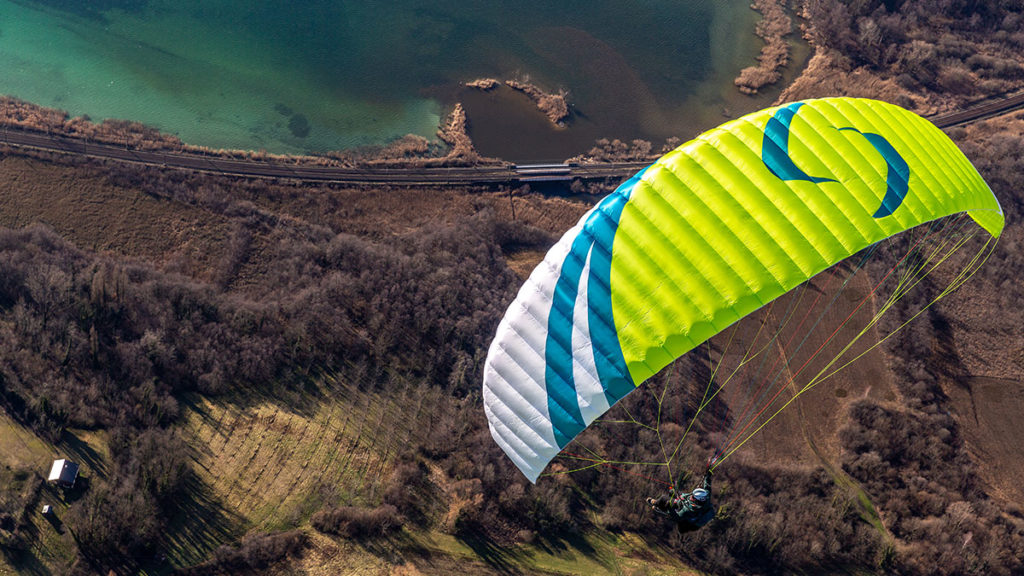
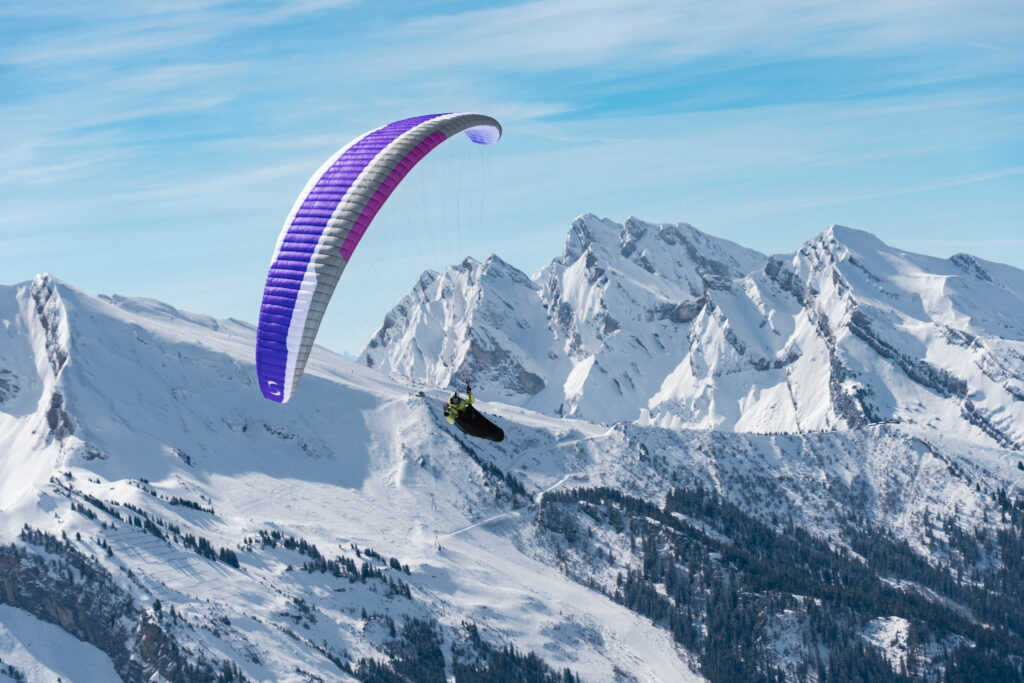
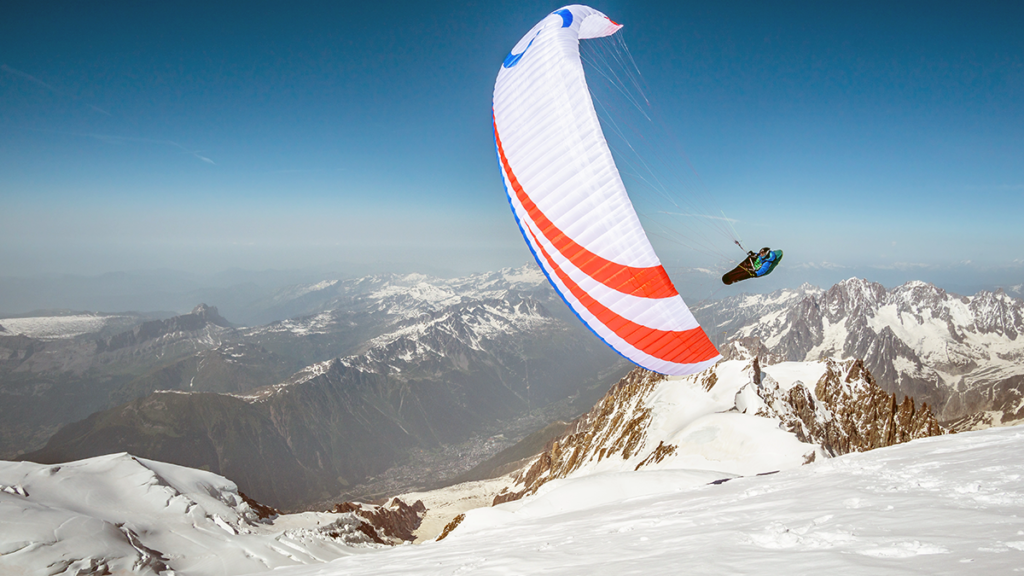
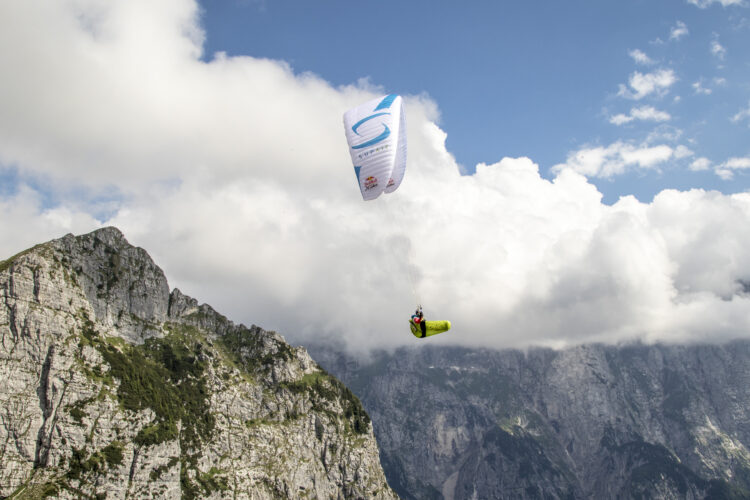
glider school and beginner
glider progress
glider performance
glider high performance
glider competition
This certification helps us to know the level of steering required for each glider and therefore to guide our choice of equipment.
However... How do you interpret a certification level that is divided into several sub-categories?
Everyone pretty much understands what this means: a B+ will be more demanding at steering than a standard B. But why? How do you know if you're good enough to go under B+?
If you're feeling lost when it comes to choosing your next EN-B, then this article is for you!
To illustrate our point, we will use the comparison between the LEAF3 (EN-B) and the STEP X (EN-B+) in M size.
EN-B or EN-B+: more or less the same thing?
How do you explain the difference between two gliders products that have been granted the same certification?
To understand the differences between these two gliders, we need to look at their respective certification reports. This report is a document that summarizes the results obtained by the gliders during the homologation test for each criterion evaluated.
You can find numerous certification reports on the websites of certification centers such as Air Turquoise.
The certification center evaluates gliders on 23 criteria, themselves divided into several sub-criteria. Depending on the results obtained, all are awarded a grade (A, B, C, D or CCC). If only one sub-criterion is in the higher category, the entire criterion is awarded the higher certification rank. The same applies to the final certification ofglider: it is sufficient for a single criterion to obtain a higher certification for glider to move up to the higher rank.
Example of certification criteria from A to C

This is why 2 gliders can obtain the same homologation without requiring the same level of steering. For an glider EN-B sport, the more B criteria there are, the more demanding glider will be. The risk of exiting the flight domain is therefore greater and more technical to pilot than for a standard B with more A criteria.
For example, out of 23 homologation criteria, only one goes to B on the LEAF3 while the STEP X achieves 3.
So, even though both gliders are in the EN-B category, the STEP X with 3 times more B criteria will be more demanding at steering than the LEAF3.
The homologation report is the first step in getting an idea of how theglider performs.
B or B+, why do they exist?
The wide range of ranges covered by B certification and advances in design gliders have enabled manufacturers to develop different gliders products with totally different characteristics, both in terms of performance and behavior.
The different designs ofgliders in the B category serve to orientate gliders towards different practices. While a standard B is suitable for progression, first-time cross-country skiers and even pilots those wishing to try freestyle, a B+ is geared towards leisure cross-country.
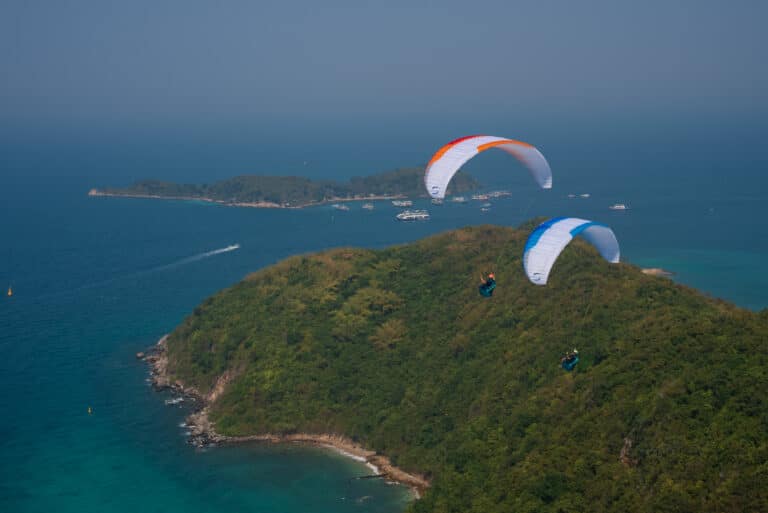
Thus, when the manufacturer decides to qualify its glider as B+, it is a way of positioning its glider on the market. It makes it clear that the development of this glider is aimed at performance, and that it is therefore aimed at the more experienced pilots .
Likewise for category B, it allows us to communicate to pilots the desire to create a glider with maximum passive safety in this homologation, perfect for following on from a glider school to gain in performance while maintaining safety adapted to this level of progression.
These sub-categories (B-, B, B+...), while not official, are a way for manufacturers to make it clear what type of rider their gliders is aimed at. In this way, they can offer several gliders models for different pilots and riding styles in a single homologation slot.
And so... Which EN-B to choose?
It all depends on your experience, the number of hours you spend at flight per year, the regularity and type of flying you do, your wing loading, the type of terrain you fly in, etc. In short, it all depends on a lot of things.
If you're still flying under A, it may seem ambitious to aim straight for an EN-B+ as your next glider, as the step between the two is very important. In fact, some EN-B+s can behave like real Cs in disguise!
On the other hand, if you're already an experienced pilot, an EN-B may seem too close to an A and quickly bore you.
To help you make the right choice, we offer a range of tools:
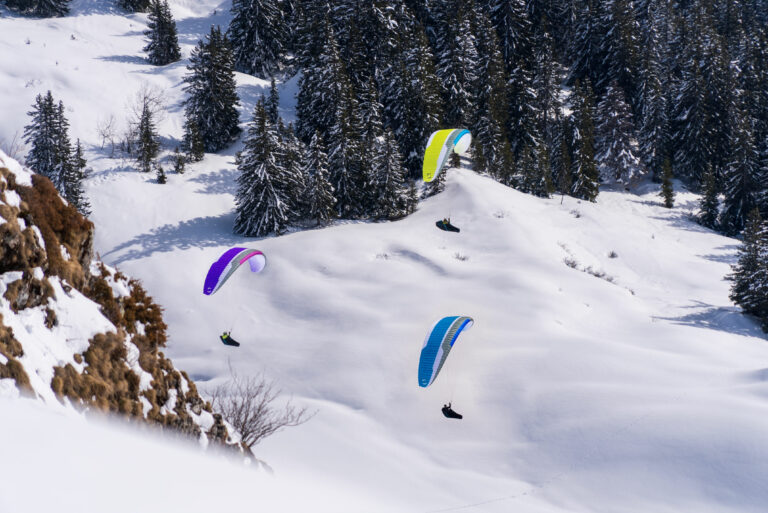
Advice from your dealer or instructor:
They are your most valuable source of information and advice. They'll be in the best position to guide you in your choice, so don't hesitate to turn to them if you have any questions.
The manufacturer's website:
The manufacturer is in the best position to define the type of rider for whom their gliders is intended, so this is one of the places to go for product information. The technical data table and a wealth of basic information are listed to give you a good idea of the product.
Testing:
Magazines such as paraglider Mag, Cross Country Magazine and even some YouTube channels offer tests on numerous models, describing their behavior and the rider for whom each paraglider is intended.
The homologation report:
Knowing how to decipher it will give you an initial idea of how theglider performs. Although it doesn't clearly indicate the type of rider for whom the glider is intended, it can nevertheless serve as a point of comparison between the different models that interest you.
Even so, the best source of information on which glider to turn to is still a professional, such as a dealer or school.. Only qualified professionals are in a position to give you sound, informed advice in your choice of equipment.


